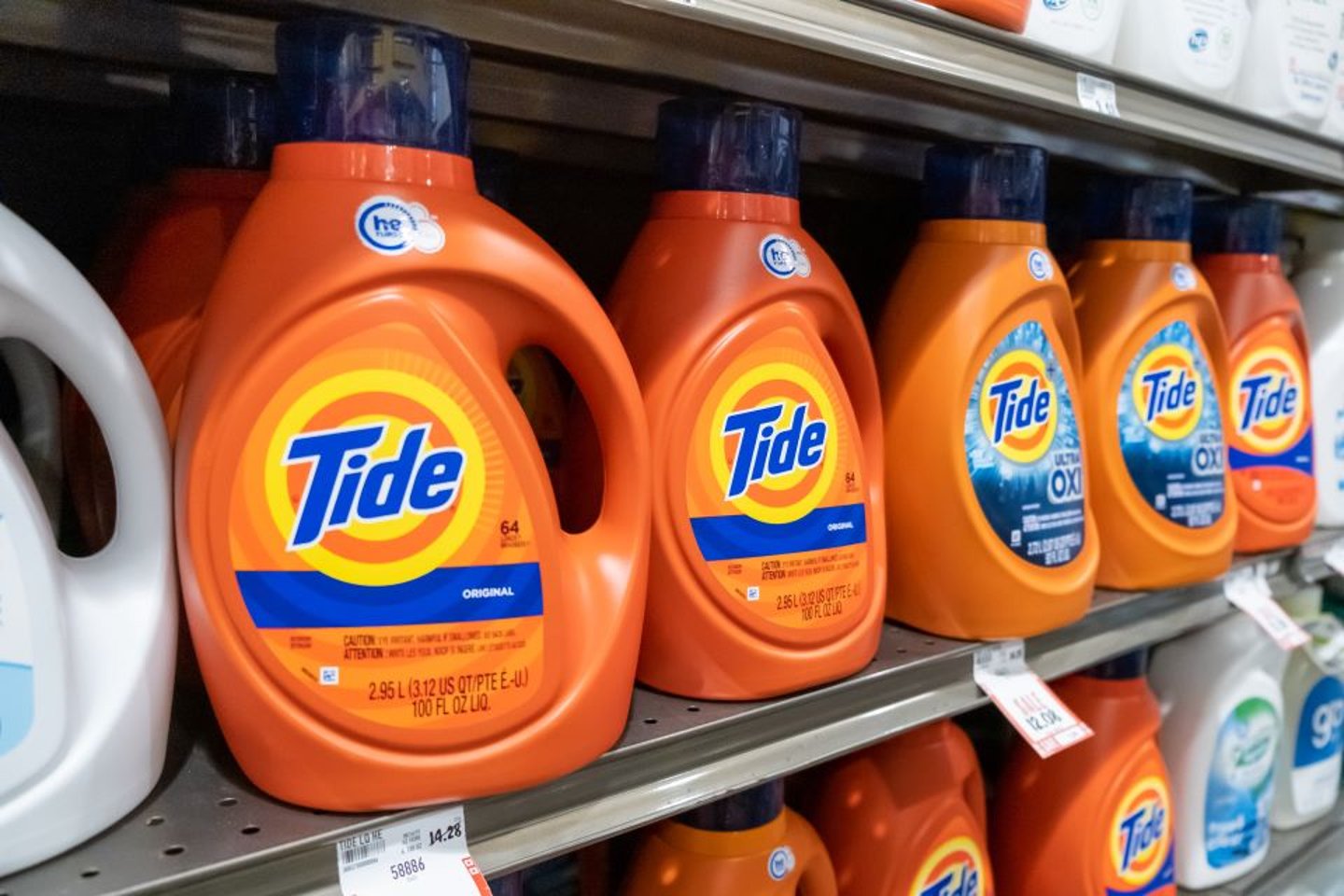P&G Leans Into Intelligent Fragrance Development Powered By AI
Procter & Gamble is optimizing its fragrance efforts by introducing scalable, AI-powered technology for improved malodor control.
The fragrance design software is allowing P&G to have better control over digital scent creation, increasing speed to market and elevating processes across product development and design. The company is working with Moodify to modernize its fragrance efforts, tapping into smart algorithms to lead product innovation.
[Related: L’Oreal’s Yves Saint Laurent Marries AI with EEG for Fragrance Perfection]
"This is a significant step in our digital transformation agenda, emphasizing the use of digital tools to improve the use of fragrance in products. We are proud to be integrating the use of AI for accelerated development of delightful fragrances for our consumers to enjoy," said Jerry Porter, chief R&D and innovation officer, Fabric & Home Care, Flavor & Fragrances, Procter & Gamble
This is simply the latest investment in P&G’s larger digital transformation goals. The company has been focused on tech growth primarily within its supply chain, retail execution, and environmental sustainability sectors.
This summer for example, the company moved forward with a supply chain services platform for retail partners across North America. Additionally, P&G has made several strides in improving shelf-set recommendations for retail partners, slimming SKUs, requiring fewer resources, and resulting in more accurate predictions.
“Our SKU count is relatively stable and the category SKU count is relatively stable within the big brand of manufacturers,” said Jon Moeller, president and CEO, during this year’s Barclays Global Consumer Staples Conference, but retailers are running out of stock both in the back room and the shelf because of the increasing number of SKUs that need to be restocked. “The cost of restocking is increasing with labor cost increasing and labor availability issues. So their desire to engage in that conversation, I think, is increasing.”





